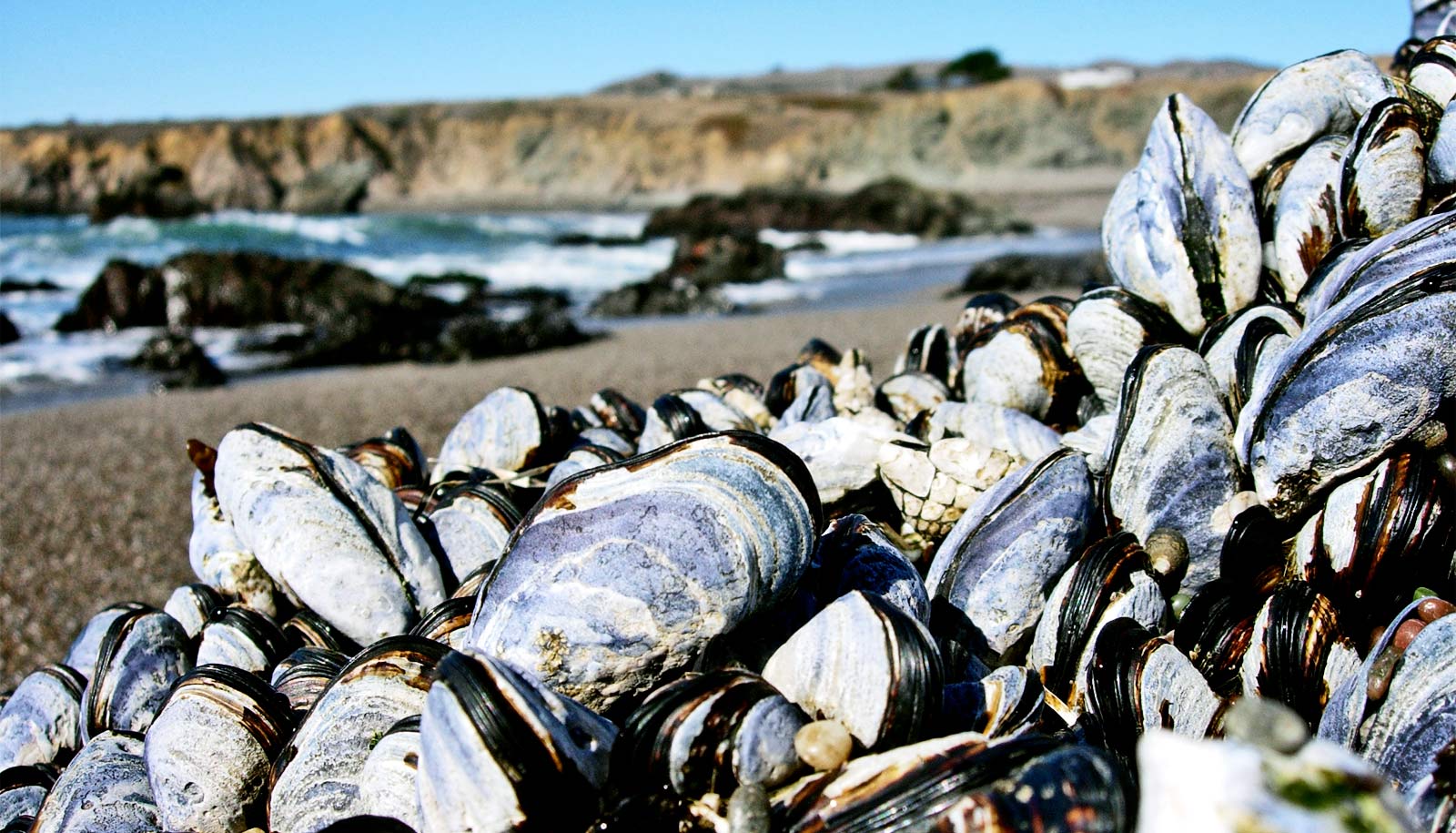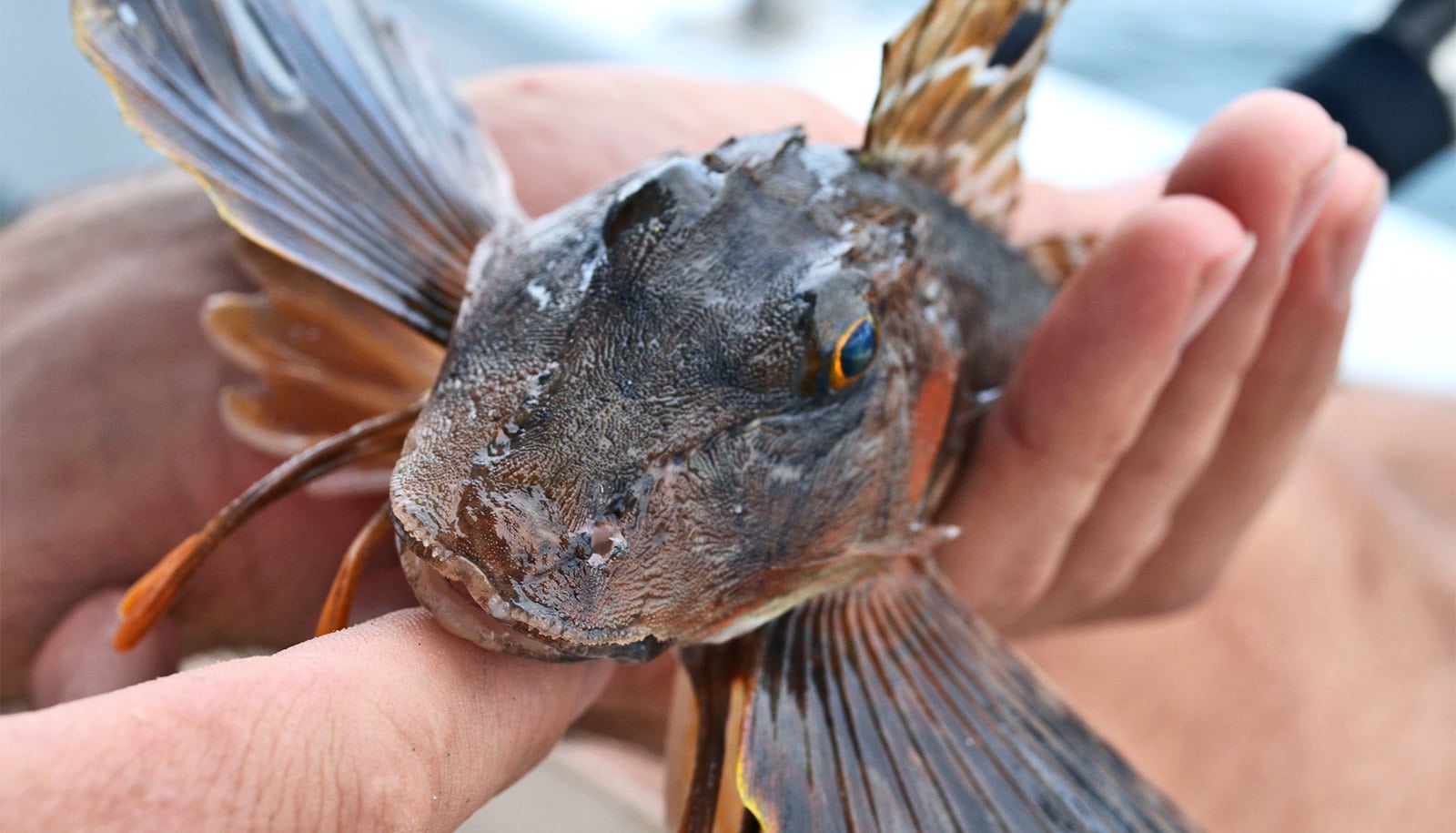New research shows that a wide variety of marine animals—from vertebrates to crustaceans to mollusks—already inhabit most of the areas where they can breathe.
Laboratory experiments indicate that many marine creatures could theoretically tolerate temperatures far higher than what they encounter today. But these studies don’t mean that marine animals can maintain their current ranges in warmer oceans, says Curtis Deutsch, a professor of oceanography at the University of Washington.
“Temperature alone does not explain where in the ocean an animal can live,” says Deutsch. “You must consider oxygen: how much is present in the water, how well an organism can take up and utilize it, and how temperature affects these processes.”
Species-specific characteristics, overall oxygen levels, and water temperature combine to determine which parts of the ocean are “breathable” for different ocean-dwelling creatures.
The findings in Nature also provide a warning about climate change: Since warmer waters will harbor less oxygen, some stretches of ocean that are breathable today for a given species may not be in the future.
“In response to warming, their activity level is going to be restricted or their habitat is going to start shrinking. It’s not like they’re going to be fine and just carry on.”
“Organisms today are basically living right up to the warmest temperatures possible that will supply them with adequate oxygen for their activity level—so higher temperatures are going to immediately affect their ability to get enough oxygen,” says Deutsch.
“In response to warming, their activity level is going to be restricted or their habitat is going to start shrinking. It’s not like they’re going to be fine and just carry on.”
Warm ocean survivors
Oxygen levels and temperatures vary throughout ocean waters. Generally, water near the equator is warmer and contains less oxygen than the cooler waters near the poles. But moving from the surface ocean to deeper waters, both oxygen and temperature decrease together.
These principles create complex 3D patterns of oxygen and temperature levels across depths and latitudes. An organism’s anatomy, physiology, and activity level determine its oxygen needs, how effectively it takes up and uses the available oxygen in its environment, and how temperature affects its oxygen demand.
Deutsch and coauthors—Justin Penn, a doctoral student in oceanography, and Brad Seibel, a professor at the University of South Florida—wanted to understand if breathability was a limiting factor in determining the ranges of marine animals today.
They combined data on temperature and oxygen content across the oceans with published studies of the physiology, oxygen demand, and metabolism of 72 species from five different groups of marine animals: cold-blooded vertebrates, like fish, and their relatives; crustaceans; mollusks; segmented worms; and jellyfish and their relatives.
The team modeled which parts of the ocean are and aren’t habitable for each species. They showed that a species’ current range generally overlaps with the parts of the oceans predicted to be habitable for it.
Their model predicts that the northern shrimp, a crustacean, should be able to get enough oxygen in cool waters north of about 50 degrees north latitude—and that is generally the shrimp’s range today. The small-spotted catshark can inhabit temperate and cool waters at a variety of depths, but near the tropics only near-surface waters—above about 300 feet—are breathable, which is also reflected in its current range.
In many cases, species ranges are right up to the edge of breathability, which indicates that for marine animals the ability to get enough oxygen may be a major limiting factor in determining where they can live, Deutsch adds. Outside of that range, organisms run the risk of hypoxia, or not getting enough oxygen.
Temperature, oxygen, physiology
Temperature affects both how much oxygen that seawater can hold, and how much oxygen an animal needs to maintain the same level of activity. The already-tight overlap the researchers saw between breathability and current ranges indicate that long-term rises in temperature, as expected under climate change, will likely restrict the ranges of many marine animals.
This new study follows a 2015 study of four Atlantic Ocean species by Deutsch’s team, and builds on its findings by showing that diverse species in all ocean basins are generally inhabiting the maximum range they currently can.
In the future, Deutsch wants to include additional species, and further explore the relationships among temperature, oxygen, and physiology.
The researchers would also like to find historical examples of marine species shifting their range in response to water breathability, as the team showed earlier this year with the northern anchovy.
“What we really want to find are more observations of marine species moving around in accordance with what we’d expect with temperature conditions and oxygen availability,” says Deutsch. “That will give us firm examples of what to expect as temperature and oxygen conditions fluctuate, and shift permanently with climate change.”
The Gordon and Betty Moore Foundation, the National Oceanic and Atmospheric Administration, and the National Science Foundation funded the work.
Source: University of Washington



